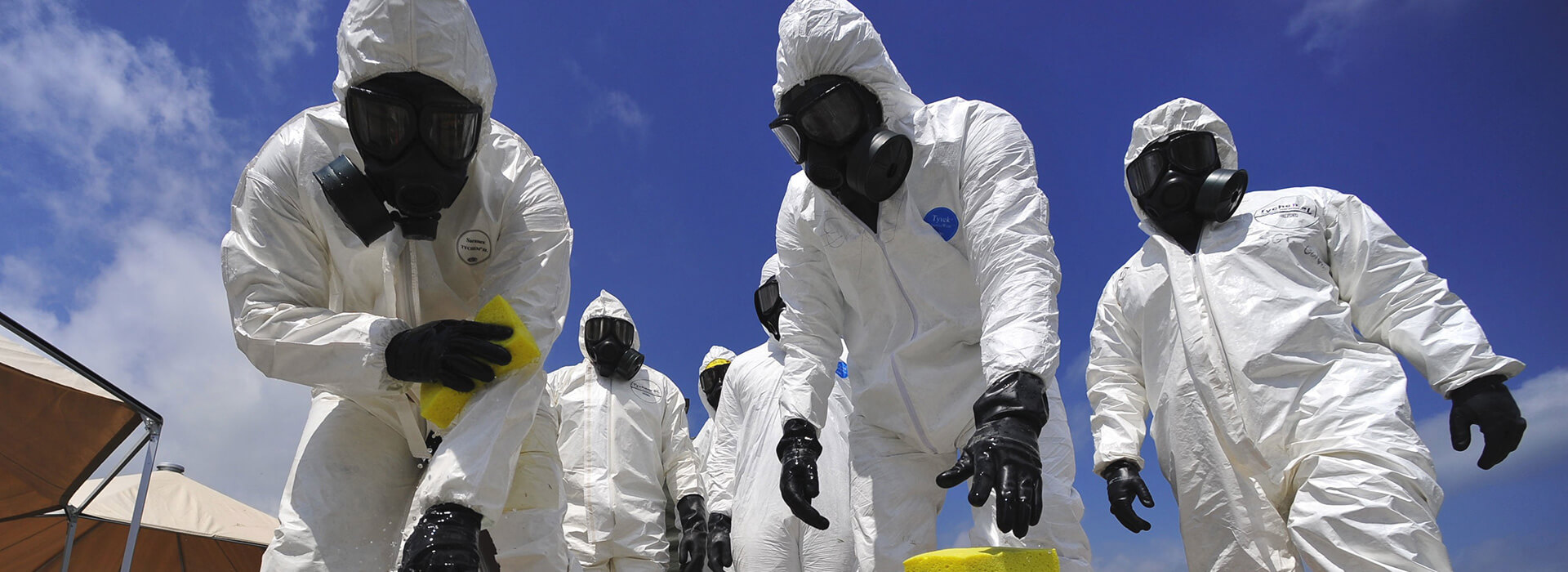

In the last half century, nonwoven fabric technology has emerged as a low-cost substitute for traditional textiles and has become very popular in a short time. Today, nonwoven fabric technology is considered as the most modern method in the textile industry.

Nonwoven technology exactly reflects the appearance, texture and strength of traditional woven and knitted fabrics and draws attention with its following features:
Today, multilayer nonwoven composites, laminates and triple layer nonwovens are produced commercially. Non-woven fabrics used in combination with other materials have different chemical and physical properties. Therefore, it is used not only in the textile industry, but also in a wide variety of industrial engineering, consumer and health care products.
Nonwoven (non-woven fabrics) are produced directly from a fiber web without the required yarn preparation for weaving and knitting. In such fabrics, textile fibers are mechanically interlocked in a random web. In the network structure, the fibers are bonded with a material such as starch, rubber latex, cellulose derivative or synthetic resin.
Today, two different methods are mainly used in the production of nonwoven fabrics: meltblown and spunbond. Meltblown technology is a melt blown nonwoven fabric technology. The production process of such fabrics goes through polymer feeding, melt extrusion, fiber formation, fiber cooling, web formation and fabric reinforcement. Spunbond technology is a spun-bonded non-woven fabric technology. In this method, the polymer is laid after being extruded and stretched to form continuous filaments. The filaments are placed in a web and the web is then subjected to self-adhesion, thermal bonding, chemical bonding or mechanical strengthening. However, in the spunbond method, spun bonded filaments do not have the fineness of the meltblown meltblowing method. For this reason, meltblown are known as ultrafine fibers.
Most of the nonwoven (nonwoven) fabrics offered to the market today are spunbond, spunbonded nonwoven fabrics, which are generally obtained from polypropylene, polyester, nylon, viscose and acrylic.
Today, especially in the production of medical textile products, non-woven fabrics known as SMS are used. These fabrics are "spunbond, meltblown, spunbond" fabric. The upper and lower layers of this fabric consist of spunbond spun bonded polypropylene fabric, while the middle layer is made of meltblown meltblown polypropylene fabric.
Our organization provides the following types of nonwoven fabric testing services within the framework of national and international standards, with a trained and expert staff and advanced technological equipment, among numerous testing, measurement, analysis and evaluation studies:
To get an appointment, to get more detailed information or to request an evaluation, you can ask us to fill in our form and reach you.